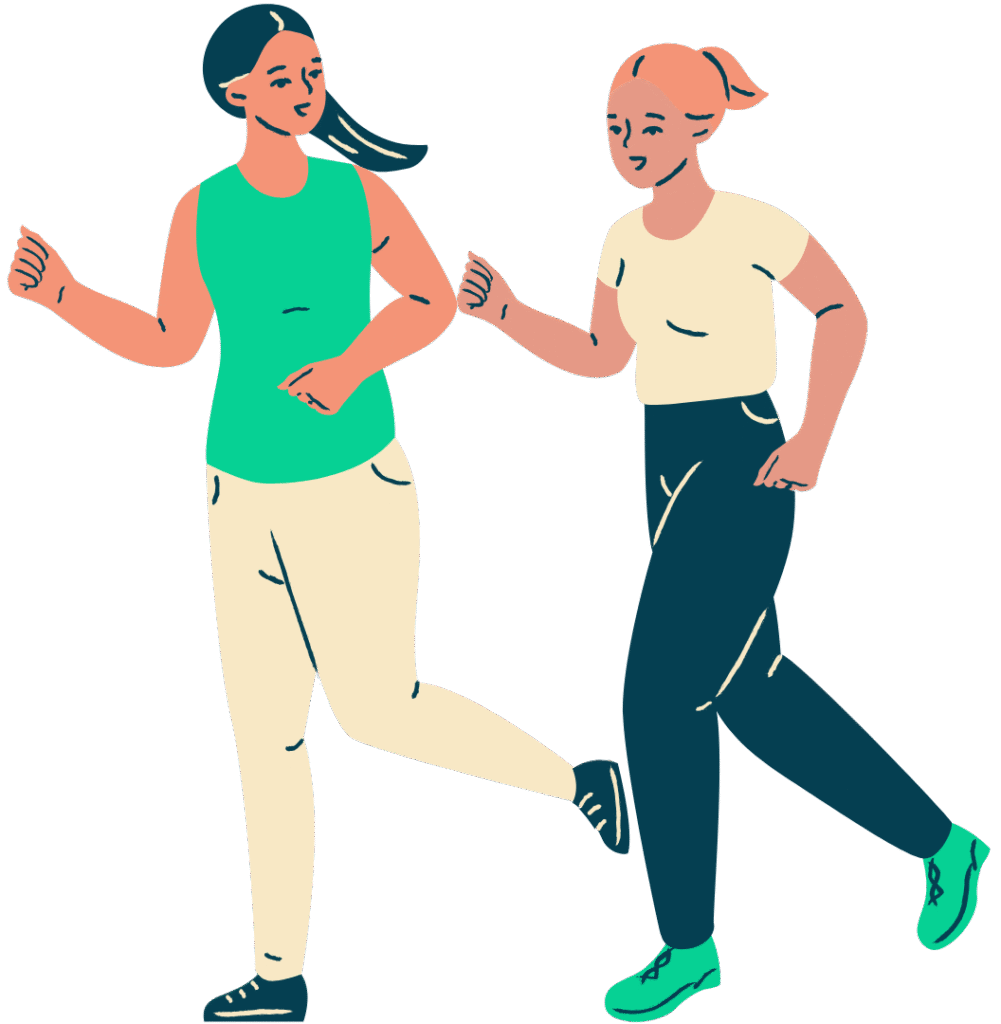Scientists have just discovered that your brain toggles between recalling old memories and embracing new adventures using a secret neural “switch”—and it’s nothing like what you were taught in science class.
Story Snapshot
- The brain uses a flexible, bidirectional switching mechanism to reroute communication pathways for memory recall and novel experiences.
- Two types of inhibitory circuits—feedforward and feedback—act as the hidden “switch” regulating this neural traffic.
- For decades, scientists believed brain rhythms worked in one direction; this study overturns that dogma.
- The discovery could reshape not only our understanding of memory and learning but also treatments for brain disorders and the future of artificial intelligence.
The Brain’s Hidden Traffic Director: A Revolution in Memory Science
For most of your life, you’ve been told the brain is a static machine: slow brain rhythms direct fast ones, and memories are filed away or dusted off with mechanical reliability. Yet, as scientists from Spain’s leading neuroscience institutes have now revealed, the brain is more like a bustling city than a filing cabinet, dynamically rerouting neural “traffic” depending on whether you’re reliving a cherished moment or navigating a new experience. Through innovative experiments and computational models, the team found that the hippocampus, the region essential for memory and navigation, uses two distinct inhibitory circuits as a master switch, deftly toggling between the demands of memory recall and the excitement of new adventures.
This revelation—published in September 2025—upends decades-old assumptions that brain rhythms operate in a top-down, one-way manner. Instead, the discovery shows that theta (slow) and gamma (fast) oscillations interact in a flexible, bidirectional dance. In real time, your brain can prioritize either familiar memories or fresh sensory input, thanks to a balance between feedback and feedforward inhibition. This is not just academic hair-splitting: it’s a new blueprint for cognitive flexibility, the very trait that lets us adapt to a world in constant flux.
The Instigators: Collaborative Science Redefining Neural Communication
Claudio Mirasso and Santiago Canals spearheaded this research at the intersection of physics and neuroscience, bringing together computational modeling and in vivo recordings from rat hippocampi. Their interdisciplinary approach shattered silos, revealing that the brain’s ability to switch communication pathways is not a happy accident, but the result of highly orchestrated neural mechanisms. Dimitrios Chalkiadakis, the study’s first author, explains that it’s the fine-tuned balance of two inhibitory circuits that lets the brain decide which “voice” to listen to: the echo of past experience or the siren call of the new. Their findings, peer-reviewed and published in PLoS Computational Biology, have been validated by leading neuroscientists and covered by major science news outlets, ensuring this paradigm shift won’t go unnoticed.
This study didn’t emerge from a vacuum. It builds on decades of research that linked oscillatory brain rhythms to learning and memory, but it does so by challenging the long-standing orthodoxy. Notably, recent work from the University of Pittsburgh has also revealed that the brain’s communication isn’t monolithic—different types of synaptic transmissions use distinct sites, making the case for a far more nuanced and adaptable neural network. Together, these advances paint a picture of the brain as a dynamic, context-sensitive organ whose flexibility is now being mapped in exquisite detail.
Implications: Memory, Medicine, and Machine Intelligence
The immediate impact of this discovery is a deeper understanding of how we shift from reminiscing about the past to embracing novelty. But the long-term implications are even more tantalizing. By deciphering the “rules” of this neural switch, scientists could design therapies for memory disorders or neurodegenerative diseases where this flexibility is lost. Imagine treatments that restore the brain’s ability to adapt, or drugs that fine-tune inhibitory circuits to combat cognitive decline. For those outside the clinic, this research could inspire next-generation artificial intelligence—machines that learn, adapt, and remember not by rote, but by flexibly re-routing their own “thoughts” just as the human brain does.
Of course, not every scientist is ready to rewrite the textbooks. Some urge caution, noting that while these mechanisms are robust in animal models, more human data is needed. Others point out the broader implications: if the brain’s switching mechanism applies to attention and perception as well as memory, then we’re only scratching the surface of how our minds work. Yet the consensus is clear—this is a foundational shift, backed by rigorous research and a spirit of interdisciplinary collaboration. As more evidence rolls in, expect this “neural switch” to become a central motif in neuroscience, medicine, and even the design of smarter machines.
Sources:
News-Medical (2025-09-16): Study uncovers how the brain flexibly switches communication routes
ScienceDaily (2025-06-03): Decades-old assumptions about brain plasticity upended
Bioengineer.org: How Brain Rhythms Guide the Mind’s Pathways in Processing Information








